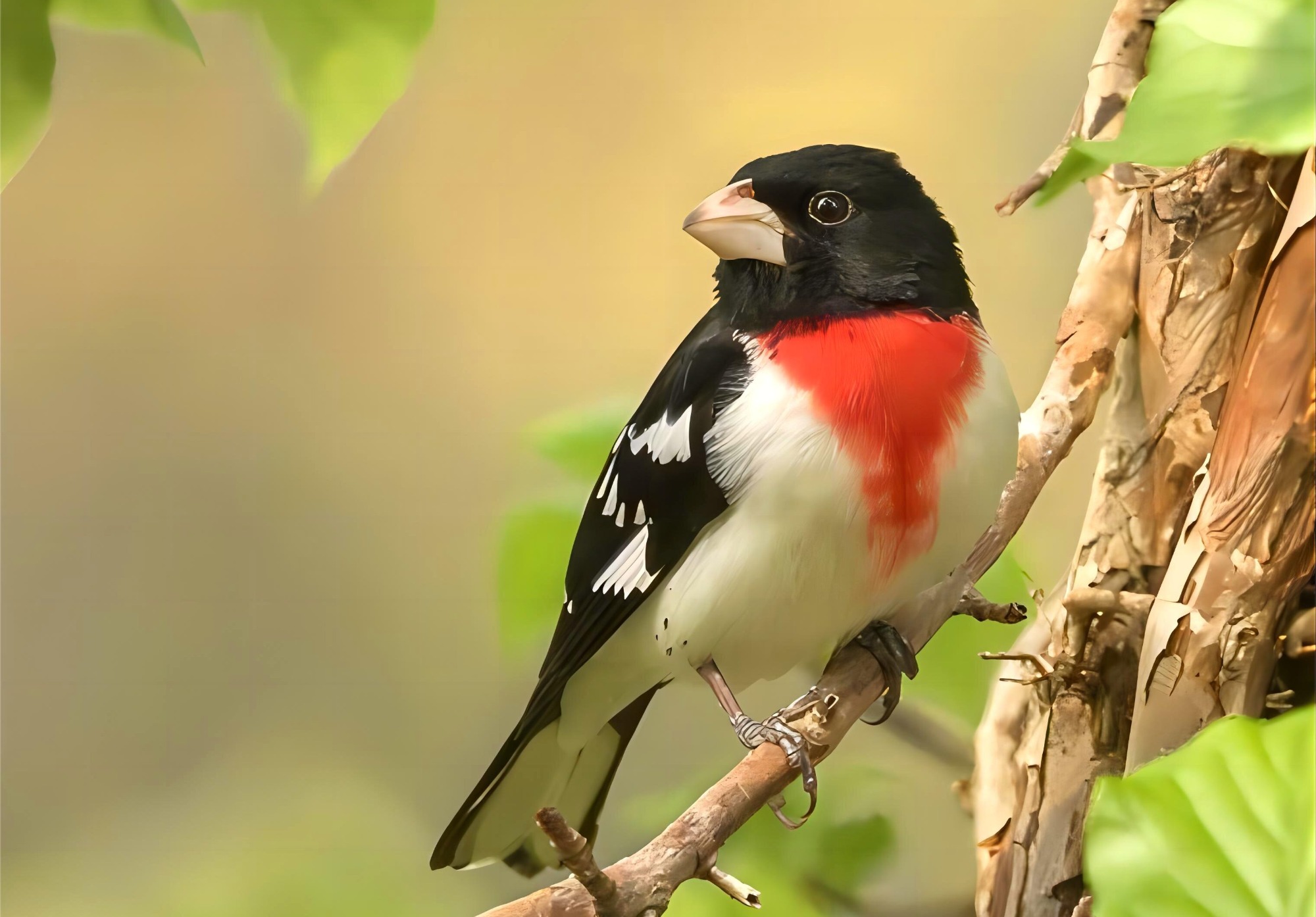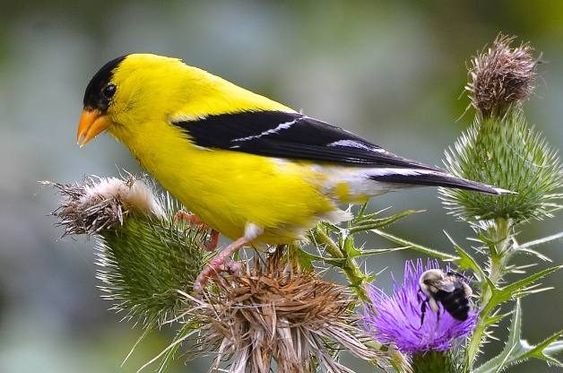
Merops nubicus
The Northern Carmine Bee-eater (Merops nubicus) is a species of bird belonging to the bee-eater family, Meropidae. It is primarily found in sub-Saharan Africa, particularly in the northern regions of the continent.
Here are some key features and characteristics of the Northern Carmine Bee-eater:
1. Appearance: This bird is known for its vibrant and striking plumage. It has a long, slender body with a pointed beak, and its overall coloration is a combination of bright carmine red on the throat, breast, and belly, with shades of green on the wings, back, and tail. It also has a black mask around the eye and a black bill.
2. Habitat: The Northern Carmine Bee-eater typically bwell open woodlands, savannas, and grasslands. It can be found near rivers, lakes, or other bodies of water, as it relies on these water sources for nesting and foraging.
3. Feeding Behavior: As the name suggests, the Northern Carmine Bee-eater feeds primarily on bees and other flying insects. It catches its prey in mid-air using its sharp beak and agile flight. It is known for its acrobatic aerial displays while hunting.
4. Breeding: During the breeding season, which usually occurs from November to March, the Northern Carmine Bee-eater forms colonies and nests in sandy banks or cliffs near water sources. They dig long tunnels for their nests, where the female lays her eggs. Both parents participate in incubating the eggs and raising the chicks.
5. Migration: The Northern Carmine Bee-eater is a migratory species, and its movements are influenced by food availability. It undertakes long-distance migrations, with some populations traveling to southern Africa during the non-breeding season.
The Northern Carmine Bee-eater is a beautiful bird known for its vibrant colors and impressive aerial displays. It plays an important role in the ecosystem by controlling insect populations. Birdwatchers and nature enthusiasts often seek out opportunities to observe and photograph this stunning species in its natural habitat.

Merops philippinus
The Oriental Carmine Bee-eater (Merops philippinus) is a species of bird belonging to the bee-eater family, Meropidae. It is also known as the Asian Carmine Bee-eater or the Philippine Bee-eater. It is primarily found in Southeast Asia and the northern regions of Australia.
Here are some key features and characteristics of the Oriental Carmine Bee-eater:
1. Appearance: The Oriental Carmine Bee-eater displays vibrant plumage. It has a red or reddish-orange head and chest, a light blue belly, and green wings and tail. It also has a black mask around the eye and a black bill.
2. Habitat: The Oriental Carmine Bee-eater inhabits various habitats, including woodlands, grasslands, farmlands, and urban parks. They can be found in open areas and near water sources.
3. Feeding Behavior: The Oriental Carmine Bee-eater feeds on bees and other insects. It catches its prey in mid-air using its agile flight and sharp beak. It often hovers in the air and then rapidly dives to capture flying insects.
4. Breeding: During the breeding season, Oriental Carmine Bee-eaters form colonies and dig nests on riverbanks or sandy beaches. The female lays her eggs in the nest, and both the male and female participate in incubating the eggs and raising the chicks.
5. Migration: The Oriental Carmine Bee-eater is a seasonal migrant. After the breeding season, some populations undertake migration to more favorable areas for food and breeding conditions.
The Oriental Carmine Bee-eater is a beautiful and active bird, known for its vibrant plumage and insect-catching skills. It plays an important role in the ecosystem by helping to control insect populations. These captivating birds can be observed in suitable habitats, where one can appreciate their flight and behavior.
 Introduction to Hummingbirds
Introduction to Hummingbirds
 Rose-breasted Grosbeak
Rose-breasted Grosbeak
 Comprehensive Overview of Spinus tristis (American Goldfinch)
Comprehensive Overview of Spinus tristis (American Goldfinch)